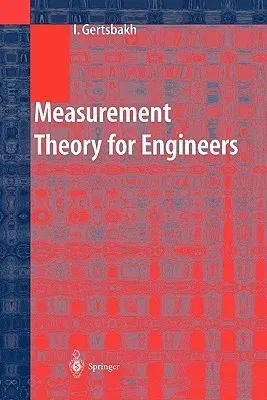The material in this book was first presented as a one-semester graduate
course in Measurement Theory for M.Sc. students of the Industrial
Engineering De- partment of Ben Gurion University in the 2000/2001
academic year. The book is devoted to various aspects of the statistical
analysis of data arising in the process of measurement. We would like to
stress that the book is devoted to general problems arising in
processing measurement data and does not deal with various aspects of
special measurement techniques. For example, we do not go into the
details of how special physical parameters, say ohmic resistance or
temperature, should be measured. We also omit the accuracy analysis of
particular measurement devices. The Introduction (Chapter 1) gives a
general and brief description of the measurement process, defines the
measurand and describes different kinds of the measurement error.
Chapter 2 is devoted to the point and interval estimation of the popula-
tion mean and standard deviation (variance). It also discusses the
normal and uniform distributions, the two most widely used distributions
in measurement. We give an overview of the basic rules for operating
with means and variances of sums of random variables. This information
is particularly important for combining measurement results obtained
from different sources. There is a brief description of graphical tools
for analyzing sampIe data. This chapter also presents the round-off
rules for data presentation.


